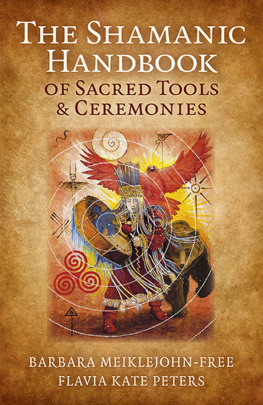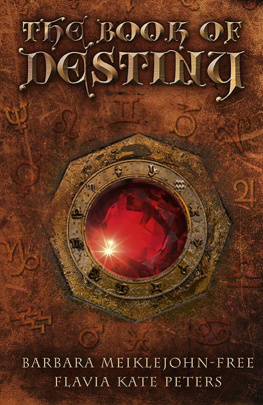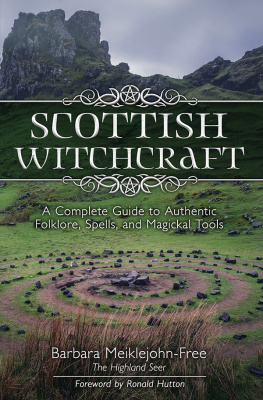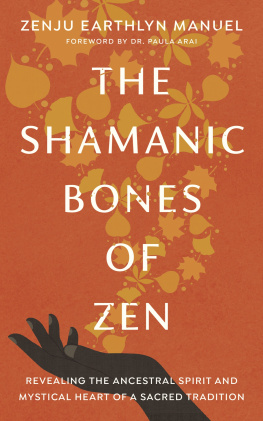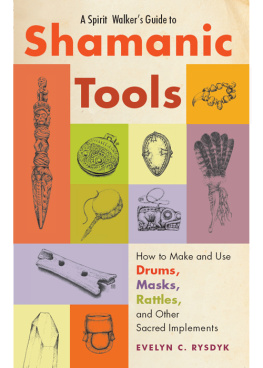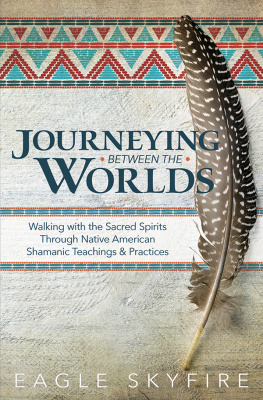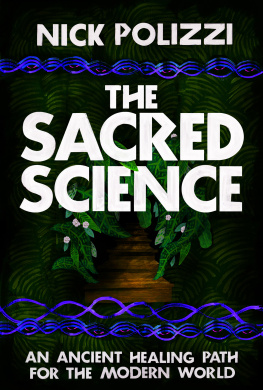First published by Moon Books, 2015
Moon Books is an imprint of John Hunt Publishing Ltd., Laurel House, Station Approach, Alresford, Hants, SO24 9JH, UK
www.johnhuntpublishing.com
www.moon-books.net
For distributor details and how to order please visit the Ordering section on our website.
Text copyright: Barbara Meiklejohn-Free and Flavia Kate Peters 2014
ISBN: 978 1 78535 080 1
Library of Congress Control Number: 2015934119
All rights reserved. Except for brief quotations in critical articles or reviews, no part of this book may be reproduced in any manner without prior written permission from the publishers.
The rights of Barbara Meiklejohn-Free and Flavia Kate Peters as authors have been asserted in accordance with the Copyright, Designs and Patents Act 1988.
A CIP catalogue record for this book is available from the British Library.
Design: Lee Nash
Printed and bound by CPI Group (UK) Ltd, Croydon, CR0 4YY, UK
We operate a distinctive and ethical publishing philosophy in all areas of our business, from our global network of authors to production and worldwide distribution.
Introduction
Imagine standing in a room with a hundred drummers. As they hold their shamanic hand drums, poised ready to journey and ride the spirit horse to new levels, you feel your heart beating fast in anticipation. You feel a little scared, frightened, but yet excited that something amazing is about to happen. Then the drums start and you feel the beat pulsating through your entire body. The connection with Spirit moves and flows deep into the very stream of your consciousness, stirring your souls essence as it moves and shapes into a renewed, awakened life force. As the drums gain momentum they beat faster and faster and you feel yourself losing control, spinning in a vortex of energy. Suddenly you find yourself surround by animals, spirits and strange places that you have never encountered before, or have you? Something feels all too familiar. You surrender and finally relax as you sink into the depths you have come home
Many may feel an affinity with the pathway of the Shaman, sensing the call. The Shaman within stirs each of us from our deep slumber. For it is time to wake up and acknowledge that the world of nature is on equal terms with humankind in keeping this planet going, as we know it. For two millennia, mankind has believed that everything on this planet is his for his own taking, to have dominion over. It is time to redress the balance and to live up to the sacred role of the Shaman. But where will this journey of mystery take you, you may ask, and where do you start?
A Shaman is someone who has always been drawn to nature, who naturally hears the whispers of Spirit through the breeze, who welcomes the rains, glorifies in the heat of the sun and connects with the nourishment of the earth. A Shaman embraces each season, rejoices at every new bud during the first stirrings of spring, the harvest abundance that summer supplies, the falling leaves of autumn and the deep dark mystery that accompanies the winter months. The Shamans heart sings at the mere notion of the workings of Spirit, has an affinity with the ways of natural healing and believes in another world of mystical beings. The Shaman is able to naturally connect with this other world, perceiving the spirits that are all around, in all that is alive. This is the belief system of Shamanism, for it is not a religion, but a wonderful world of freedom, magic and connection with the natural world, and that of Spirit. Our ancestors, and other indigenous peoples, lived their lives trusting in, recognising and interacting with the spirits of the land, living in accordance with the magical law of nature. The Shaman is a healer, a counsellor and ambassador for the spirits of nature, taking a responsible attitude in guardianship for this beloved planet.
Instead of having to pick up a dozen books on the subject of Shamanism, we have combined all that the beginner needs to know into this, The Shamanic Handbook of Sacred Tools and Ceremonies. As you begin your path as a Shaman, of the one who knows, your journey will be one of remembrance as you connect with the earth-centred traditions of the ancestors.
But do not be fooled, for walking the shamanic path is a hard journey of soul-searching experiences. You may find yourself suddenly dropping everything to be on top of a mountain in some far away land, to embrace yourself in a vision quest. Or you might end up taking part in a sweat lodge or walk across hot coals in a firewalk, because you were called to be in the right place at the right time. The art is not to question, but to be ready to answer and to surrender. It will challenge you, it will push you over the edge and you may find yourself screaming that you cannot, or will not, continue. Some will walk away forever, whilst others may keep dipping their toes in, now and then. We have known people to turn their backs on Shamanism even after experiencing the most incredible feelings of ecstasy through the vibrational sounds of shamanic drums, having journeyed into the abyss of the self and healed wholly and fully, and endured heart attacks, which have lead them to an incredible connection with Spirit and their true life purpose.
The sacred pathway of the Shaman is uncertain, but necessary, if you wish to connect with the magic that is within and all around you. There may be pitfalls and great losses along the way, but you can be assured that wherever this path leads you to, the overall outcome will be more satisfactory than you could even imagine.
Blessings,
Barbara and Flavia
Altar
Today the altar is often associated with religion. It is often a sacred space of rich, tapestried cloths, upon which lie lavish artefacts of gold in the holiest area of the place of worship where only the priest (or equivalent) has full access, to stand in the presence of God. It can be seen as a place of sacred reverence and also a place of fear, where prayers and confessions are laid bare. Altars are usually found at, and are part of, shrines, temples, churches and other places of worship and were used by ancient cultures such as the Egyptians, Greeks, Norse and the Celts. Today they are used particularly in Christianity, Buddhism, Hinduism, Shinto and Taoism, as well as in Neo-Paganism and Ceremonial Magic.
On our worldly travels we embrace the peaceful traditions of the Far East. For in every doorway, on every pathway, in corners of rooms, on beaches, rocks and even in cars are small altars, adorned with flowers and the sweet aroma of burning incense, dedicated as shrines to the spirits. This is the way of the people here, for they honour Great Spirit in all that they do, in their work, in their homes, for life itself and it is wonderful to see.
Although nature itself is an altar to the Shaman, having ones own personal altar (Thaan) helps to set ones focus for rituals, ceremonies and prayers. This is a sacred space specifically for the laying out of ritual tools, for holding pictures or artefacts of chosen deities and ancestors; a place of worship, of honouring personal beliefs and a meeting place between the ordinary and spiritual realms.
An altar doesnt have to be anything grand, so do not worry if you dont have the room in your home, or other chosen place, for anything lavish. Your altar can simply be made from a table with a cloth on it in a quiet corner, a mantelpiece, window sill or bathroom shelf. It doesnt matter so long as you have set the right intention.

